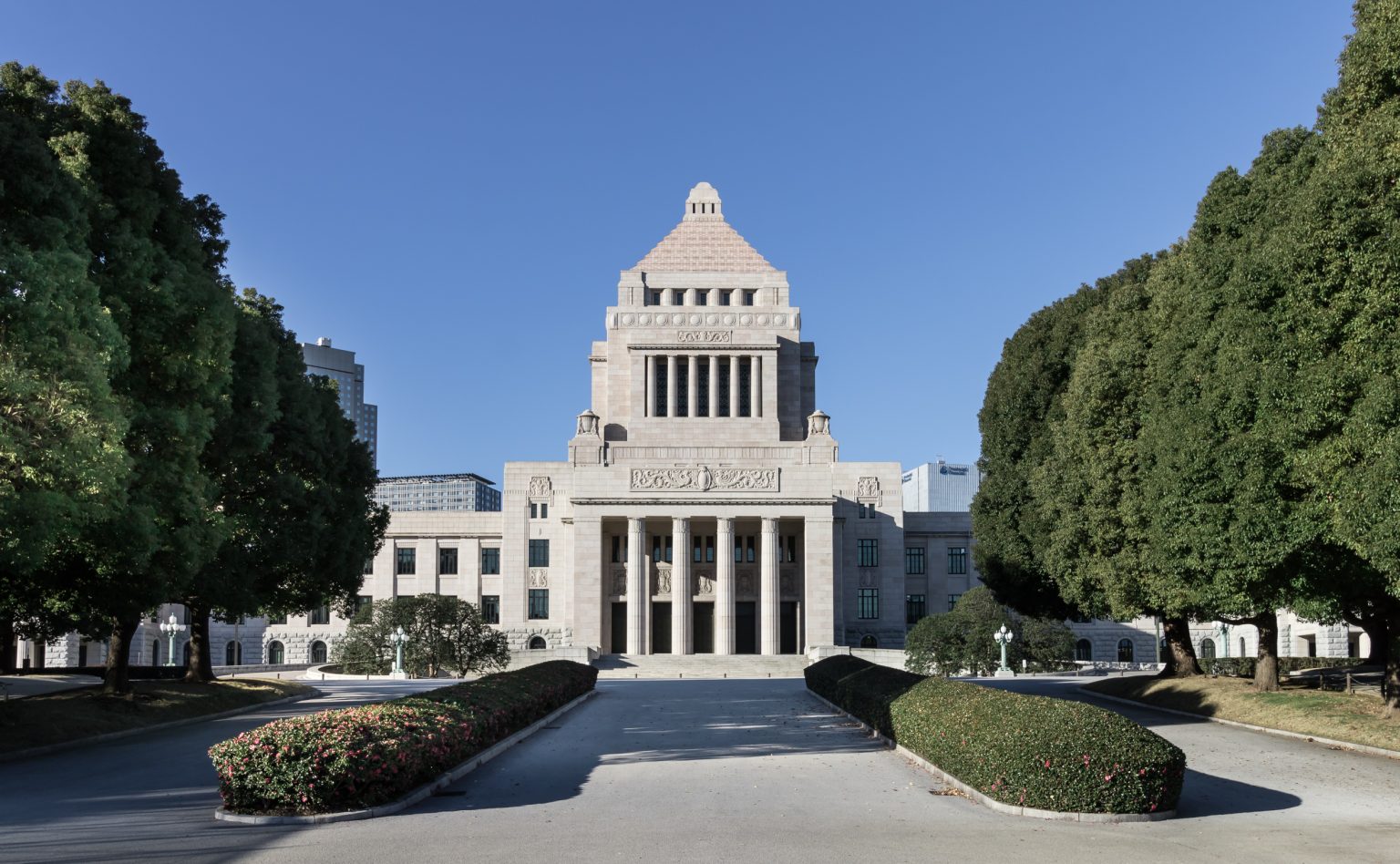Campaigning for Japan’s upper house election began on Thursday, with Prime Minister Shigeru Ishiba’s position under scrutiny. The vote, scheduled for July 20, follows economic struggles and declining approval for the government.
Ishiba’s administration, in office since last October, has managed to pass budgets but failed to control inflation. Prices have continued to rise, with rice costs doubling and May’s inflation reaching a two-year high.
The ruling coalition is offering one-time cash handouts of 20,000 yen ($140) to all citizens, while opposition parties are pushing for sales tax cuts to address the cost of living.
The ruling Liberal Democratic Party (LDP) and its coalition partner Komeito currently hold 141 seats in the 248-member upper house, giving them a majority. They have 66 seats up for re-election and need to retain at least 50 to maintain control.
Ishiba has set a low target: Holding onto a simple majority.
Approval for Ishiba’s cabinet has dropped to 34%, and support for the LDP has fallen to 27%, according to NHK. However, the opposition is fragmented.
The Constitutional Democratic Party has 8.4% support, with other parties polling lower.
Ishiba opposes tax cuts, citing budget constraints. He argues that handouts are more manageable without increasing debt.
Polls show 66% of the public oppose his handout plan, with only 17% in favor.
Voters will cast two votes: One for constituency seats and one for proportional representation. Key races are in 32 single-seat districts, which may determine the final balance of power.
If Ishiba loses too many seats, pressure may grow for him to resign. Markets are watching closely, as instability could lead to policy shifts and economic uncertainty.


